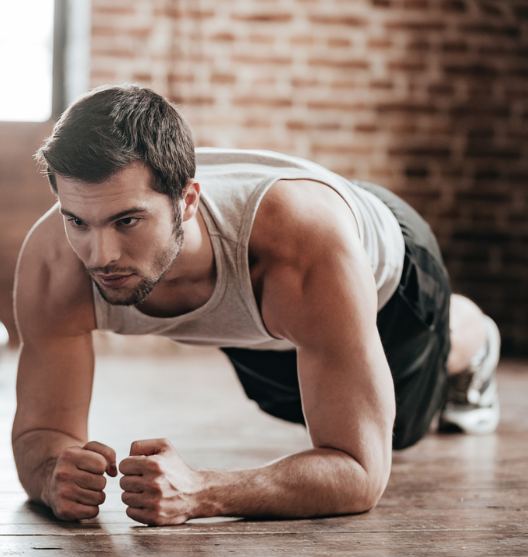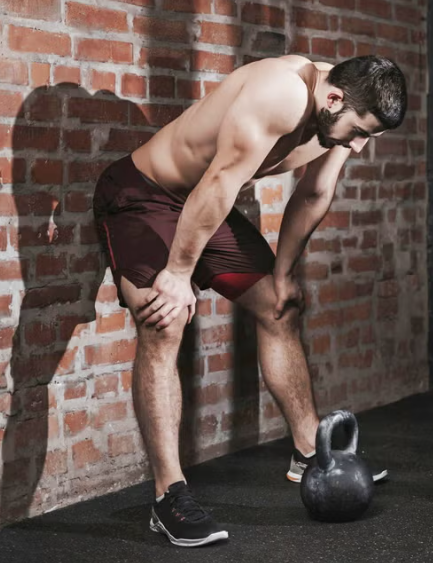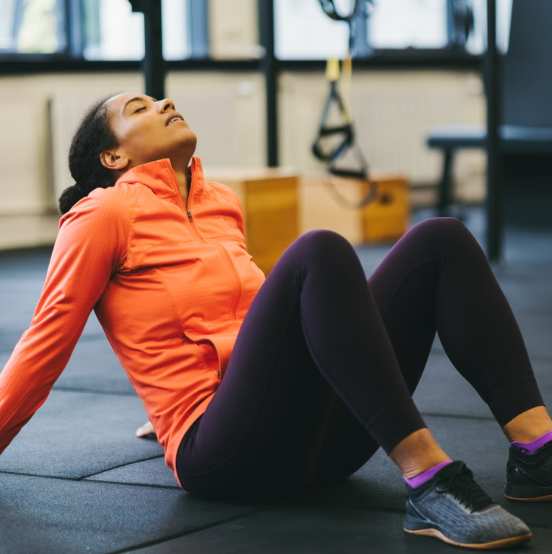
The Importance of Hand Care in Strength Training
As a coach, understanding how each lift impacts recovery is crucial when designing training programs. In particular, deadlifts tend to be the hardest to recover from compared to the squat and bench press. But what makes the deadlift so challenging for recovery?
The answer lies in the unique demands deadlifts place on the body, especially the grip. The hands, being highly sensitive with over 200,000 neurons in the small muscles, play a critical role in our ability to interact with the environment. These neurons allow us to experience quick reflexes. For example, if we touch something hot, our hands instinctively pull away before we even feel the pain. This immediate response is crucial for protecting our bodies.
However, the deadlift is notorious for causing significant strain on the hands. The pressure and friction from gripping the barbell often lead to physical damage to the palms, where many of those sensitive neurons are located. This sends a signal to the nervous system to rest and recover, making it difficult to perform intense workouts the next day.
Recovery becomes a real issue, especially when we push ourselves too hard without giving our hands time to heal. Training after a deadlift session, particularly when our hands are torn, is tough. To mitigate this, there are a few strategies to consider for maintaining hand health and improving recovery.
First, it’s essential to grip the bar correctly. Gripping it in the palms, just below the fingers, will help maintain better control and prevent the bar from rolling, which could tear the skin. Additionally, if you have calluses, ensure they are level with the skin. A nail file can smooth them down to avoid catching and tearing.
Another consideration is the type of barbell used. Some bars, like the Texas Powerbar, feature aggressive knurling that can really damage the hands. Using a bar with less intense knurling or a slightly thicker grip for grip-strength training can be a helpful adjustment. This has allowed me to recover more quickly after deadlifts and perform better in subsequent training sessions.
Deadlifts not only challenge the hands but also exhaust grip strength, which is vital to consider. Grip strength is linked to overall stress levels and can even indicate hormonal balance. Research has shown that stronger grip strength correlates with a better testosterone-to-cortisol ratio, while weaker grip strength leads to higher oxidative stress, a factor that contributes to muscle atrophy and aging.
This is why grip strength is often used as an indicator of overall health and longevity. In fact, individuals with weaker grip strength tend to have a higher risk of mortality. This underscores the importance of including deadlifts and grip-strengthening exercises in any training program.
While I generally don’t recommend powerlifters use straps, as they are not allowed in competition and can hinder the development of grip strength, there are times when they might be beneficial. For example, if a lifter regularly hits heavy singles or doubles, like one of my athletes who has a 700lb deadlift at 198lbs, using straps for back-off sets can help preserve grip strength and allow the nervous system to recover for the next training session.
However, for novice lifters or those who are still developing strength, I don’t recommend using straps. At this stage, it’s essential to build grip strength, as it plays a critical role in overall progress.
In summary, taking care of your hands is vital. If your hands are damaged from a previous training session, it may be best to skip deadlifts for a while to allow for recovery. Use a bar with a more comfortable grip, ensure proper hand placement, and monitor your grip strength during your recovery process. By doing so, you can help prevent injuries and promote long-term progress in your training.




